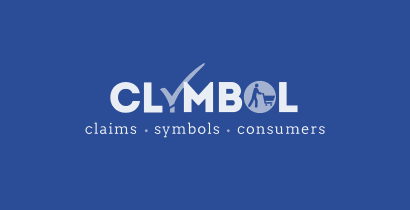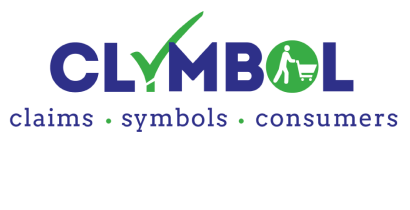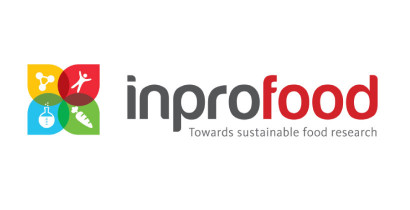How health-related claims and symbols impact consumer behaviour (CLYMBOL)
Last Updated : 24 March 2015A cutting-edge research project comprising research institutes and communication experts across Europe set out to study the role of health-related claims and symbols in consumer behaviour. One of the goals of CLYMBOL was to understand how claims and symbols appear on food and drink products, in their context, and how this information can help guide consumer behaviour. In addition, a toolbox will be produced to support guidance in measuring the impact of claims and symbols on understanding, purchase and consumption behaviour. Findings will be used to design better communication activities and draw implications for policy makers and the European food industry.
There are 14 partners working on the CLYMBOL project, which is more than half way through its planned four years. It is split into six main work areas and receives partial funding from the European Union’s Seventh Framework Programme for research, technological development and demonstration.
The project’s first work area focusses on the history of health-related claim and symbol use across EU member states; their current prevalence on food packaging and in which context the claims and symbols appear. Among other things, 53 European key representatives from national food authorities, representatives of the food industry and consumer organisations were interviewed. Results showed that there are vast differences in Europe when it comes to how health claims and symbols have been regulated before 2006, and how their use was monitored. The stakeholder groups did express a strong interest in evaluating the impact of health claims and symbols, in particular (1) the role of health claims and symbols in consumer behaviour; (2) their impact on public health; and (3) economic effects. Building on these findings, researchers have sampled more than 2,000 food and drink products in five EU member states and are currently analysing the packaging for product- and health-related information. They are reviewing which claims and symbols are found, how they are classified and the nutritional composition of foods carrying those claims and symbols.
Consumer needs and wants with regards to health claims and symbols are important to identify in CLYMBOL. In a second work area of the project, the researchers are looking at consumer models of health (e.g. their beliefs and inferences related to specific health outcomes) and how they use these models to interpret nutrition and health claims. Furthermore, an online study of European consumers in 10 countries was undertaken to assess how motivated and able food shoppers were in processing health claims and symbols on food products, and whether there are country-specific or segment-specific differences, such as social demographics. In general, European consumers’ motivation and ability to process health claims differed little between claims and symbols. How motivated people were to process health-related claims depended strongly on their ‘need for information’, while ‘subjective knowledge about the healthiness of food’ correlated strongly with how able people were to process claims.
A methodological toolbox will be developed, as part of the third work area, to enable researchers and other stakeholders such as public authorities, industry and consumer organisations to measure the impact of health claims and symbols on consumer understanding, purchase and consumption behaviour. The toolbox will cover a range of tested and validated methods, explaining how to apply each technique; which research questions are most suitable and how to undertake the analysis and interpretation. The toolbox will be made publicly available at the end of the project.
In work area four, a wide range of European studies will be undertaken to empirically investigate the effects of health claims and symbols on consumer understanding, purchase and consumption behaviour. This will take the form of in-store and experimental studies in selected supermarkets. Methods that will be applied include eye-tracking of consumers, household panel data, surveys and actual food and nutrient intake during consumption. This work will be completed by early 2016.
The implications of findings from work areas one to four for different stakeholders (consumers, industry, retailers, non-governmental organisations, policy makers and others), including actionable recommendations for communication and education around health claims and symbols, will be analysed in the fifth work package. Furthermore, researchers will study the effect on consumer awareness, perception and understanding of a social media-based health logo campaign, which ran in the Netherlands in 2014.
The project also has a separate work area which focusses on the dissemination and communication of CLYMBOL. All project information can be accessed through the project website at www.clymbol.eu.


